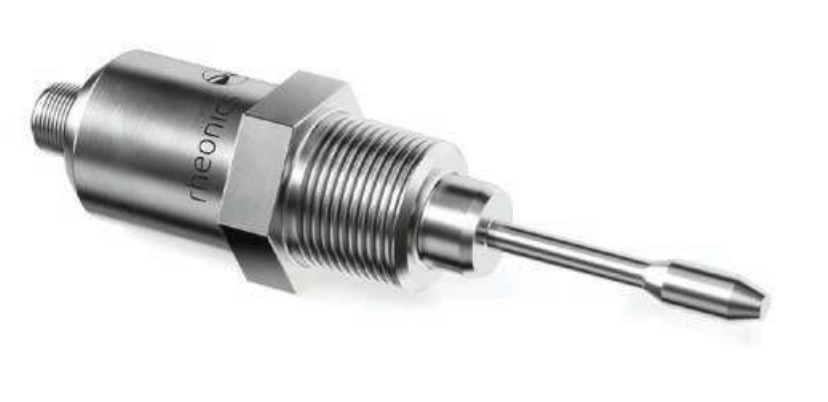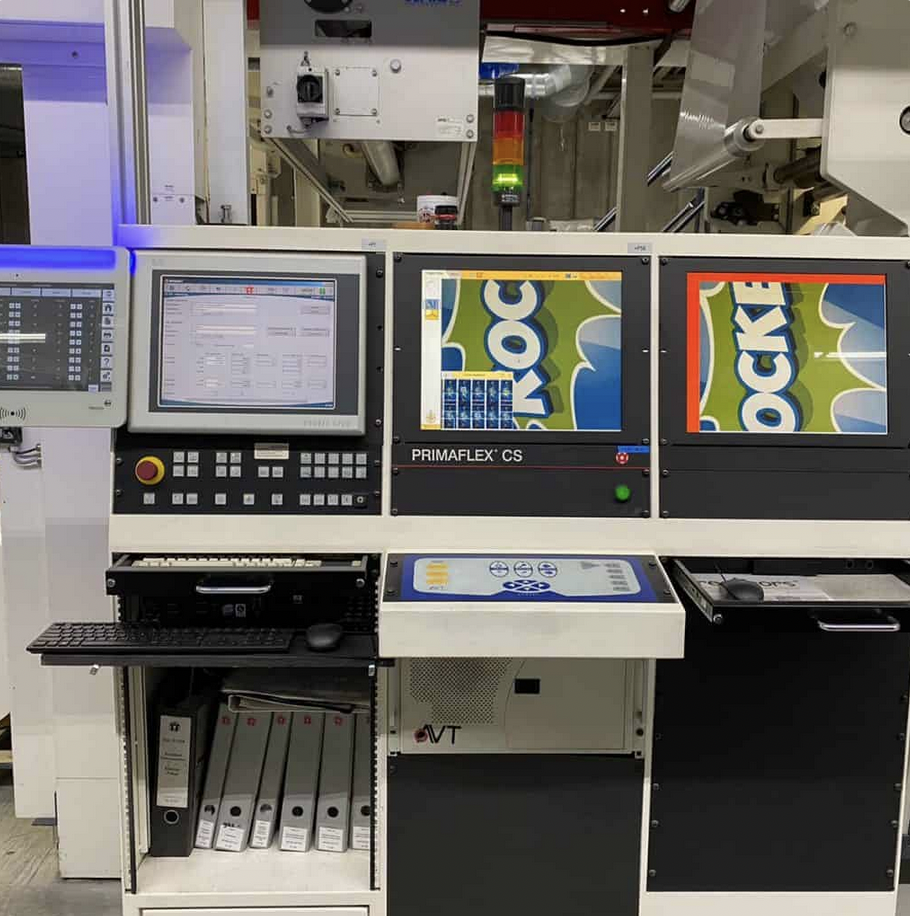
Viscosity sensor by Rheonics
It is all about viscosity
TAKE CONTROL OVER YOUR PRINTING QUALITY


It is all about viscosity
Viscosity and pH of flexographic solvent and water based inks are the two most critical factors determining inks’ quality parameters.
Viscosity is the measurement of resistance to the flow of a fluid. Therefor, the ink flow is very important as it decides the runtime of a printing process and the quality of print on the substrate. After all, flexographic printing aims to ensure a volume of ink on the substrate. Uniformity of the ink will ensure that you get the desired results in terms of color distribution. These factors depend to a large extend on this parameter of the ink.
Change in viscosity during the printing job will not only affect the quality parameters of the print but will also increase the cost of printing. Ink solvents are expensive in water-based inks. Therefore, a shift of one second of this element will increase the ink lay down by 50%.
Thus, it is understood that an inconsistent ink quality will cause inconsistent print quality during the print job. It will not only affect color management but also the ink wastage, decline of print material and cost of machine utilization will increase considerably. In addition, a high viscosity will increase the presstime of the printing process because the ink will move slowly in the transfer from anilox rolls onto the printing plate, which is another cost factor.
Moreover, the ink will dry quickly when this factor is high. Therefore, it may cause ink clogging at several points within flexographic printing. Resultantly, it may cause printing jams and slow the whole process. On the other hand, when this parameter is lower it will affect the print quality severely. It will distort the color scheme, and the colors will appear lighter. Furthermore, the ink will take a lot of time to dry.
Impacting the printing process
Hence, the viscosity will impact the printing process in several ways. The best solution is to keep it within limits for a seamless printing process. Typically, adding more solvent to the ink is advisable when the viscosity is low. Ideally, the viscosity of a run should remain consistent and may not exceed +/-5%. Therefore, we install an automated viscositymeter with the printing machine and thus determine the real-time viscosity of ink. In addition, viscosity maintenance will save ink solvent by up to 60%.

Take back control over Print Quality
Measurement of ink viscosity is thus a key contributor to print quality. RPS InkSight measures and controls ink viscosity with unparalleled resolution and stability, enabling tight and consistent color control from start to finish on every job.
